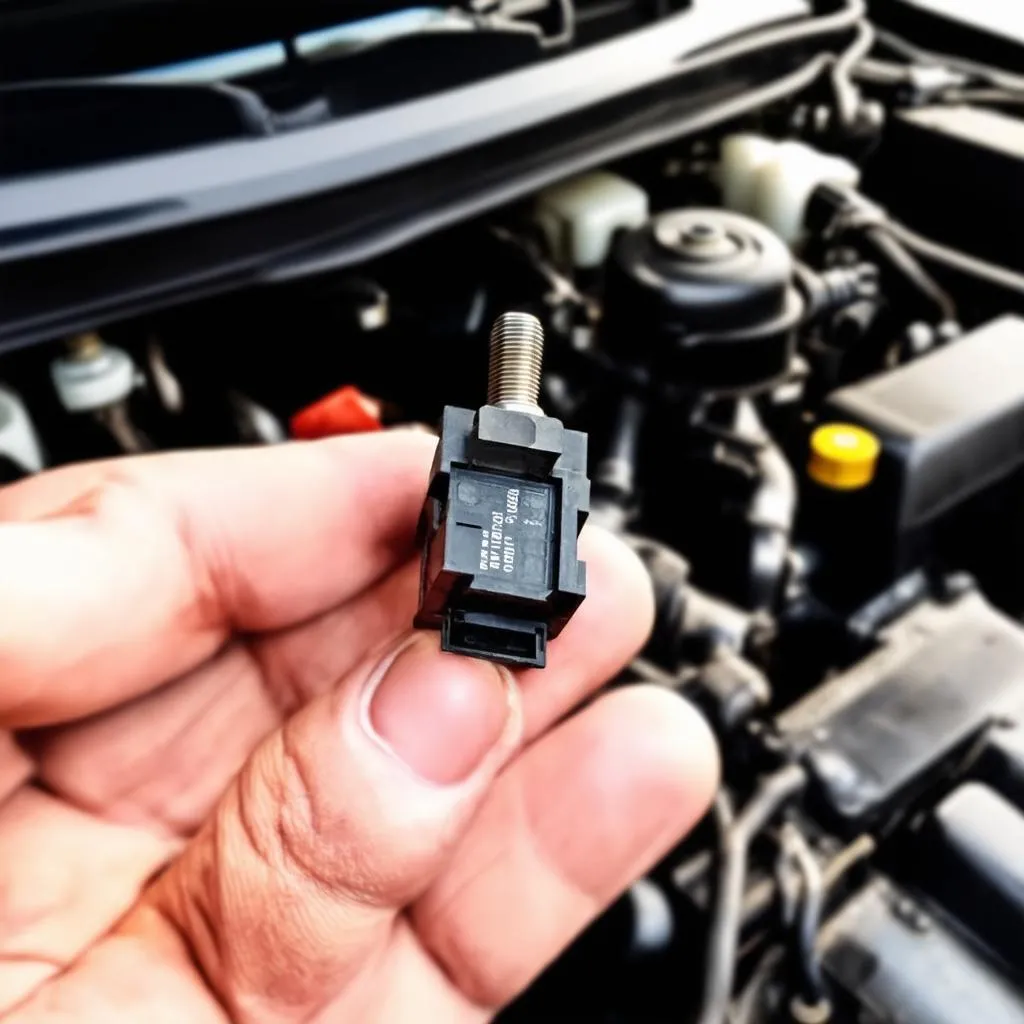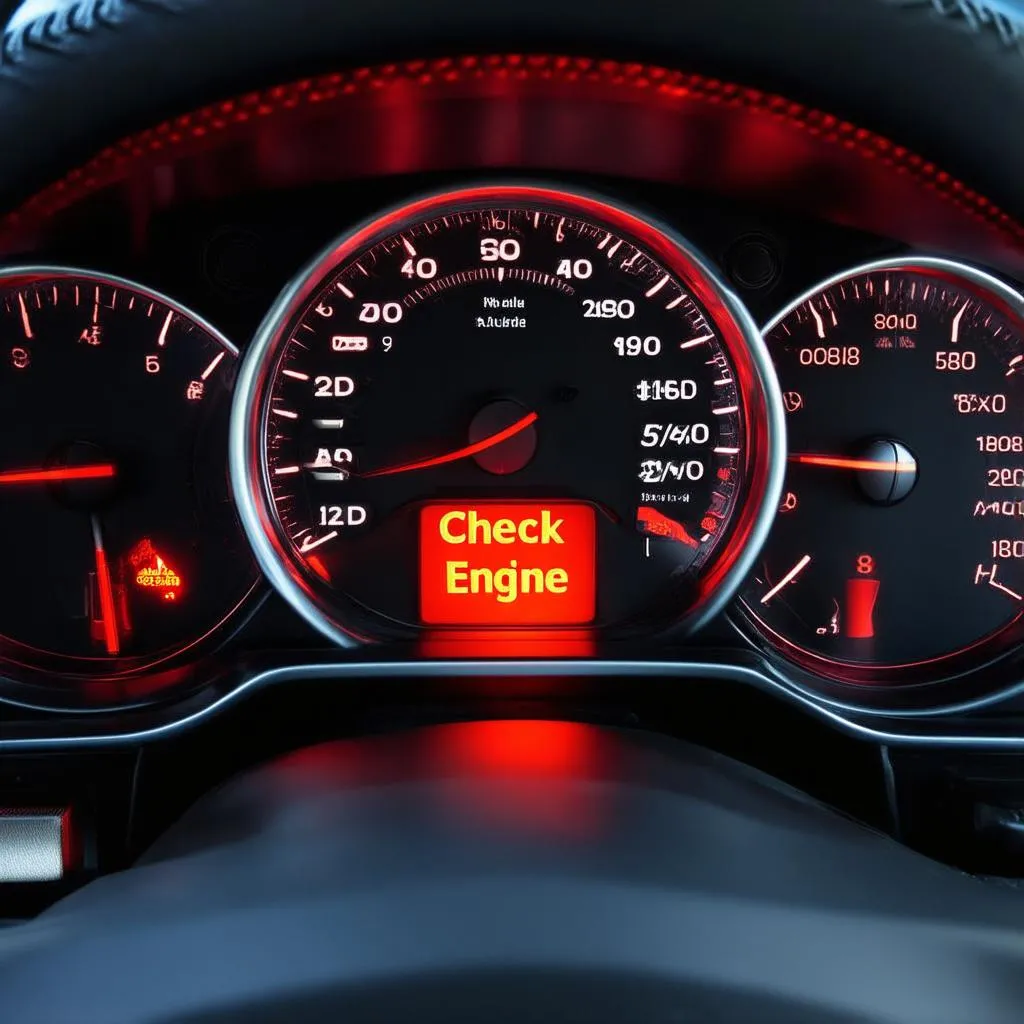“A smooth-running engine is like a well-balanced life,” my grandfather used to say, “it needs everything in its right place at the right time.” He wasn’t wrong. In the intricate world of cars, especially your Chrysler, the camshaft position sensor plays a crucial role in that balance. But when the dreaded P0340 code rears its head, it’s like your car’s internal zen has been disrupted. Don’t worry, we’re here to decode this automotive enigma.
Understanding the P0340 Code: What’s Your Chrysler Trying to Tell You?
Imagine this: you’re cruising along, maybe listening to some classic rock, when suddenly your engine stumbles. Check Engine light? You bet. Hooking up your trusty OBD-II scanner reveals the cryptic message: P0340. What does it mean?
In simple terms, P0340 indicates a problem with the camshaft position sensor circuit, specifically on Bank 1 or the side containing cylinder #1. This sensor is like the conductor of an orchestra, telling the engine control module (ECM) the precise position of the camshaft, which in turn dictates the delicate timing of fuel injection and ignition.
Why This Matters: More Than Just a Check Engine Light
A faulty camshaft position sensor can lead to a cascade of problems:
- Rough idling and poor engine performance: Your car might shake like a nervous chihuahua at a dog park.
- Difficulty starting: Getting your Chrysler going might feel like pushing a boulder uphill.
- Reduced fuel economy: Suddenly, filling up your tank feels like funding a small country’s fuel reserves.
Common Questions About the P0340 Code (Because You’re Not Alone)
- Is it safe to drive with a P0340 code? While you might be able to limp along for a bit, it’s like ignoring a toothache – the problem usually doesn’t go away on its own and can lead to more serious (and expensive) damage down the road.
- What causes a P0340 code? A range of culprits, from a faulty sensor itself to wiring issues, a bad crankshaft sensor (they work in tandem!), or even a stretched timing chain.
Troubleshooting and Finding Harmony in Your Chrysler
- Start with the Obvious: Check the wiring harness leading to the camshaft position sensor for any visible damage, loose connections, or signs of rodent mischief (yes, it happens!).
- Test the Sensor: A multimeter can help determine if the sensor is sending the correct signals. This is where a bit of mechanical know-how or a trusted mechanic comes in handy.
- Inspect the Timing Chain/Belt: A stretched or worn timing chain can throw off the sensor readings. This is a more involved repair, so best left to the pros.
The Spiritual Side of Car Repair: It’s All About Balance
Just as in life, maintaining balance in your car requires attention and care. Regular maintenance, using quality parts, and listening to your car’s subtle cues (like that pesky check engine light) can prevent bigger problems down the road.
Think of it this way – keeping your car running smoothly is a form of self-care. A well-maintained car gives you freedom, reduces stress, and keeps you on the road to achieving your goals.
Need More Help?
If you’re still scratching your head over that P0340 code or any other automotive mysteries, don’t hesitate to reach out. We offer a range of resources for Chrysler owners, including:
- Chrysler OBD-II P0340: [Link to your related article: https://techcarusa.com/chrysler-obd-ii-p0340/]
Contact us on WhatsApp at +84767531508 for expert advice and assistance. Our team of automotive gurus is available 24/7 to help you achieve automotive peace of mind.
Remember: A happy car is a reflection of a happy driver. Keep those engines humming!
 Camshaft position sensor
Camshaft position sensor
 Check engine light on a car dashboard
Check engine light on a car dashboard